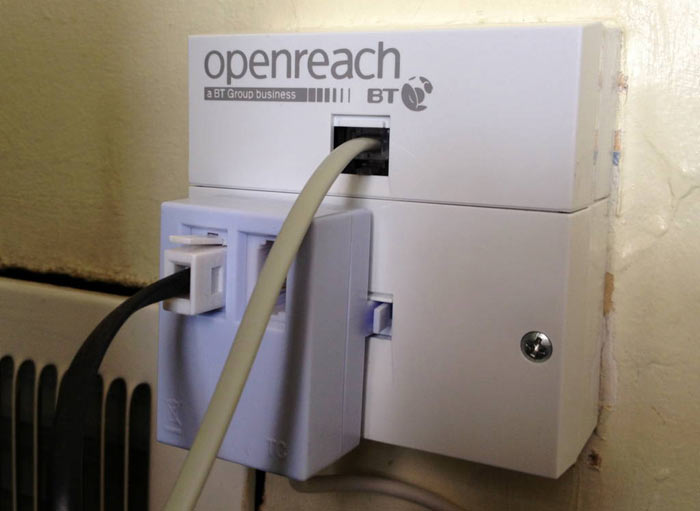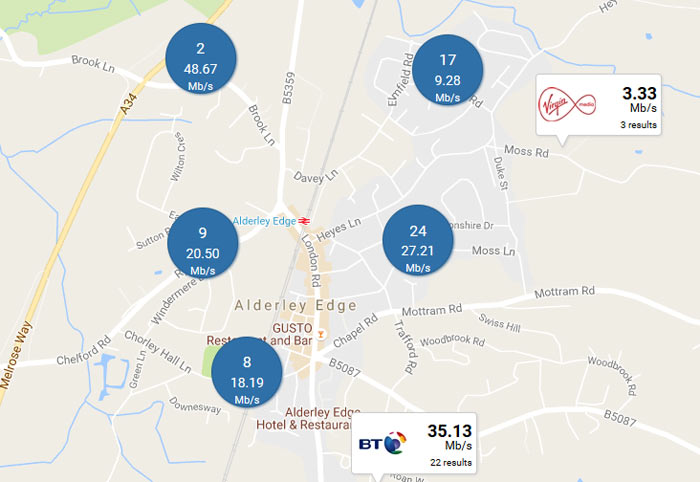When planning to move house it's sometimes difficult to get a good idea of what broadband speeds you can expect at your new address. There are some postcode-based speed estimates available from sellers, and some sites have records of speed tests taken by people in neighbouring properties using various ISPs, but it's quite tricky to determine what speeds you might get in your new home with any sort of accuracy.

With the above in mind the Local Government Association (LGA), which represents more than 370 councils in England and Wales, is asking for the Digital Economy Bill to open up "live data on household speeds," for consumers / comparison sites. It thinks Ofcom should have the power to request address level data from providers. The data won't only help in providing customers much more accurate broadband speed estimates, it will also let Ofcom monitor the accuracy of the 'up to' speed predictions given on ISP sites trying to sell broadband deals.
Chairman of the LGA's People and Places Board, Cllr Mark Hawthorne, said that "Good digital connectivity is a vital element of everyday life for residents and can help them cut household bills, shop online for cheaper goods, stay in touch with distant relatives, access their bank accounts and even run their own businesses." With government and council communications becoming 'digital by default' broadband quality is even more important. Cllr Hawthorne added that postcode broadband estimates can often be inaccurate and "residents can only make the most informed choices if they have all the data at their fingertips in one place."

Some speed test sites can help a bit thanks to historic user test results.
The Digital Economy Bill is having its second reading in Parliament today. Important parts of the bill include giving everybody "the legal right to request a broadband connection capable of delivering a minimum download speed of 10Mbps by 2020". The LGA is asking for the government to reaffirm this 'Universal Service Obligation' commitment.













